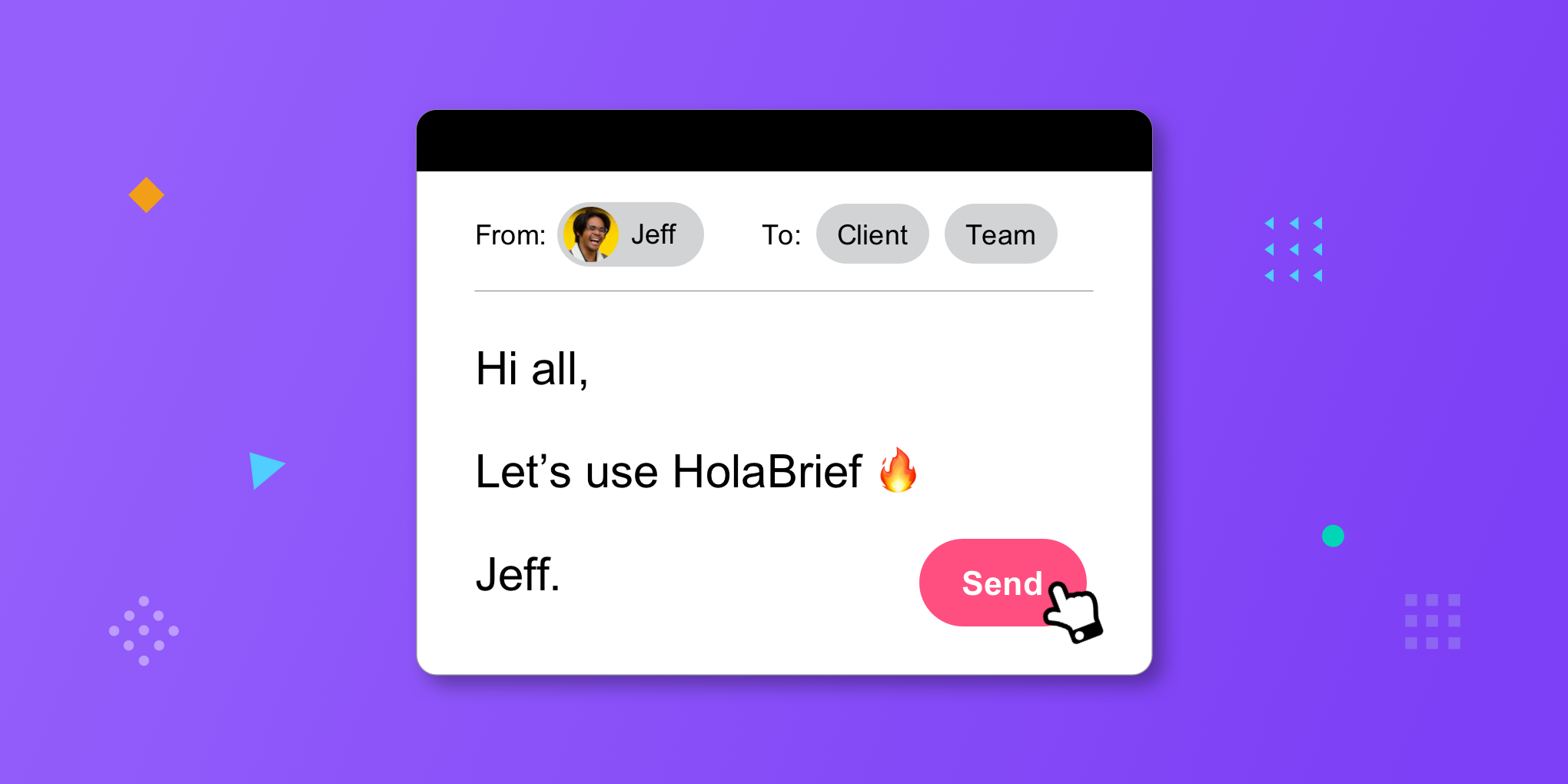Collage by Unwindstudio as part of their Dictionary of Female Feelings project.
A short history
Here’s a short history of the word feedback. It’s been assimilated into the English language from electrical science jargon around a century ago. From the beginning, its meaning was clear: “the return to the input of a part of the output of a machine, system or process”. Funnily enough, the term started to be used in psychology in the 1940s and was understood as “helpful information or criticism”. It wasn’t until later that the differentiation between negative and positive feedback entered wider consciousness.
There is an African proverb that says: “Examine what is said and not who speaks”. There is so much truth in there! Particularly if you’re dealing with different clients that you like or love or cannot stand.
Approaching feedback has to be objective.
Even though, by nature, we’ve been taught to rely on the opinion of others, dealing with feedback is the exact opposite. It’s the process of filtering what you hear and making up our own (objective) opinion. Depending on your relationship with the client, your emotional reactions to feedback can vary. No matter if they’re positive or negative, it should be part of your professional behavior to get in control of these feelings. The goal is to see feedback as a natural part of the process and use it to your advantage.
Common Emotions When Dealing with Customer Feedback
Here’s a short introduction to the most common post-feedback emotions and how to deal with them:
Anger
Anger is a feeling many creatives know by heart. Especially, when the client starts to drift away from the initial creative brief upon seeing the first sample of your work: “What about we try something different?” or” Can you propose more directions?” A professional collaboration is not a contest where you need to prove yourself over and over again. Rather, it’s about making the onboarding process as precise as possible and making your contract as solid as possible, adding the exact number of revisions included in the project price. This will give you a sense of safety that will swallow anger in the face of the most abstract feedback.
Confusion
Not understanding feedback is really common. Many clients speak in shortcuts – they know their brand, so they see certain things as self-explanatory. Don’t let confusion overtake you. On the contrary, ask, ask, ask, (breathe) and ask again. Instead of writing an email novel with questions, call them directly, or try to schedule a meeting. Not only does direct communication help you understand the point of the client’s feedback but it also makes the tone of the conversation much more humane and friendly.
Weariness
So, you’ve gone through 3 rounds of revisions and the client is still chasing you for a little bit of this and that? He’s not sure or still thinking. This kind of feedback can be debilitating as it constantly keeps you on hold. The solution is to draw a line. Set clear deadlines, outline the desired end date of the project. Be direct so that the client feels obliged to optimize his feedback and give it decisively.
Empathy
Elaborate changes to the project might spark your anger but empathy is the next step to continue successfully. Put yourself in your client’s shoes and try to think as they do. Why is a certain element so important to them? Why do they feel indecisive? Seeing things through their eyes will help you manage your emotions better and, most importantly, become a real guide to your client – letting them name things they thought of but couldn’t pin down.
Open-mindedness
As a designer, you might have defined your style or aesthetic. You have your work ethos or even a design philosophy. That’s amazing. But never forget open-mindedness. As soon as we see feedback that we don’t agree with, we tend to block ourselves from within as if accepting anything that’s different or out of our safe zone is treason. Well, it’s the opposite. Sometimes feedback that makes us feel uncomfortable will push us outside our boundaries and deliver unexpected successes.
Patience
Feedback is usually a process. Embrace it with patience. You might come across clients who’ll come up with an idea in the middle of the night, texting their comments via WhatsApp at 5 am. Set the rules that won’t infringe your work-life balance but be understanding. Approach their texts with equal importance as corporate emails and focus on the essence of the feedback.
Repeat and Rephrase
In his book “Articulating Design Decisions” – a book on how to explain your design choices to executives, stakeholders, and managers – Tom Greever analyzes how to bring clients over to your side. His focus on communication proves that what’s spoken can be an integral part of the whole creative endeavor. With his Repeat & Rephrase tactic, the author argues that making the client’s comments more workable for the project is key to allow feedback to play its role. Essentially, it’s about making vision functional to execute it. Rephrasing would mean inviting your client to either familiarize himself with your design dictionary or incorporating his feedback into your jargon. Whichever way works best for you, don’t hesitate to see feedback as an open source for elevating your practice.
Greever claims it's essential to change the client’s perspectives. What the client “likes” should be replaced with what “works” and “doesn’t work” alongside questions regarding why do they think so? Instead of empty criticism, we get the client to speak about the efficiency of proposed design solutions. What’s more, rephrasing a client's feedback in terms & phrases more connected with the design world will help to specify their comments. According to the author, communication gets much clearer if you confirm what you’ve heard the client saying, using terminology that contributes to the creation of the common language.
Still, the prerequisite for executing the Repeat & Rephrase tactic successfully is to truly listen.
Collage by Unwindstudio as part of their Dictionary of Female Feelings project.
3 Effective ways to reply to client feedback through email
In case you were afraid we’ve almost forgotten, don’t worry we haven’t: design means business. Working on rephrasing your design glossary should happen as long as you can afford it. That’s why the way we deal with feedback often depends on the terms & conditions of the collaboration that was agreed upon. Make sure to optimize your quotation or project price so as to book some extra time for the nature of the process itself – the reinterpreting, repeating & rethinking.
Make sure to optimize your quotation or project price so as to book some extra time for the nature of the process itself – the reinterpreting, repeating & rethinking.
Sounds tough? It’s definitely not easy. But defining your work ethics also happens gradually. We thought you might want to get started with a little bit of our help. Namely, managing responses to 3 (in our opinion) of the most common types of feedback emails you might receive as a designer from your clients.
1. The angry email
Type of client: Impulsive, volatile, and super demanding.
Phrases: "I thought we understood each other better. I’m disappointed. That’s not what I expected. We have to start over."
How to handle it? They say the client is always right. Not necessarily. But as a designer, it’s advisable to handle angry clients in the kindest possible way. Which means never replying on the spot. Wait at least two hours before you sit down to type a reply email. Don’t let negative emotions affect you. Start by showing appreciation of a different point of view, make your arguments, and propose the solution within the budget. Do it in a brief way and don’t feel that you need to explain yourself too much. Get to the point and prove that all you care about is moving forward.
Response:
“Thank you for your feedback. I took a moment to reflect on your points. I agree with some of them/I appreciate your honesty/What I have to disagree with/ Why do you think this solution doesn’t work?/Looking back at the brief, I think the best solution would be to…”
2. The I-don’t-know-what-I-want email
Type of client: Baffled, hesitant, and slightly conservative
Phrases: "I like it but maybe we could try some more options. I just had this new idea. Could you experiment a little bit more, I rely on you."
How to handle it? With this type of client, you can both get lost in the fog of feedback. Possible options are never-ending so it’s your responsibility to keep the collaboration within a frame that includes variety but little abundant work. Instead of asking multiple extra questions, offer what you can do to enhance the project a little bit more. Do it confidently so that the client feels you know what you’re doing. Be affirmative and have your recommended design option to always support it in front of the hesitant client. Alternatively, refer back to the creative brief for more guidance. It will ensure your decisions are objective and in line with the initial purpose of the entire endeavor.
Response:
“I understand your perspective but this design was made with our shared brief in mind / The option I’m presenting is the one that I consider the most accurate in the context of the brief and your brand’s DNA/goals / Can I ask you to specify the revisions you’d like me to make to the project so that I fully understand your idea.”
3. The I-love-it-but email
Type of client: Meticulous, controlling, and too much of a micromanager.
Phrases: I thought you could move this element there and change that shade to this one. Can you send me the open files so that I can show you what I mean? I can do it by myself.
How to handle it? No matter how good you are, some clients will still think they can do something a little bit better than you. They’ll ask for open files or do their own versions of designs that you proposed. That’s definitely not efficient. Make sure that you can filter their feedback – discern their points but never doubt the core of the project that you’ve developed. Focus on improvements but don’t let the client’s ardent comments of every small detail push you off the right track. In the most extreme cases, express your doubts directly to ensure the client doesn’t disturb your process.
Response:
“Thank you for all the comments. What I hear you say is.../The project was developed in line with specific references and the brief / I really appreciate your engagement in this project but I’d like to ask for more trust into my expertise as a designer.”
Closing Thoughts
No matter the form of the feedback you have to face, there’s always something you can learn. And as a designer (especially if you are freelancing), feedback is your touchpoint with the natural diversity of the professional environment. Some clients can be precise, decisive, and confident, others will be less organized, confused, and doubtful.
Apart from learning from their feedback, make sure you also act as a guide throughout the project. Do that with empathy, composure, and humility that will only make you smarter, stronger, and more at ease. Maintain your principles but be open to making the design process more understandable and clearer to your clients too. All in all, feedback is another form of brainstorming.
Feedback is another form of brainstorming.








